500 kilobytes of code was all it took to shut down an Iranian nuclear enrichment facility.
They called this worm Stuxnet. No one knows who made Stuxnet. But one thing is clear: this facility could have avoided disaster if they’d been proactive.
Hackers do not rest. They spend long hours scanning your servers for weaknesses.
All it takes is one small vulnerability to give them elevated privileges. With these privileges, they can destroy you.
And all it takes for you to prevent this damage is some cyber hygiene.
Today, you’ll learn what cyber hygiene is. This everyday practice will shore up your digital security. It could be what saves your company from digital disaster.
What Do You Stand to Lose?
The first question on your mind is: why even bother?
Digital security is expensive. Your IT team already makes a serious dent in your budget. So why invest more money into a cybersecurity partner?
Understand that data breaches cost an average of $8.64 million in 2020 alone. Not only that, there was a 5% increase in cyberattacks from the previous year. The stakes get higher every year in our ever more digital world.
You might think you’re not vulnerable to these attacks. Your employees are trustworthy. They know better than to click on fishy emails or take work equipment home.
None of that matters when zero-day comes.
Zero-Day Exploits
Do you see those annoying updates your phone and computer always pester you about? Those updates include patches for vulnerabilities. As soon as a developer discovers an exploit, they rush to patch it.
That means that there are exploits in your system waiting for a hacker to use them. No one knows about these exploits until the hacker has done the damage. Cybersecurity experts call these “zero-day exploits.”
The term zero-day means the developer has not patched the exploit yet. Until they do, any devices with this vulnerability may suffer.
There’s a saying in the cybersecurity sphere: it’s not a matter of if they hack you, but when.
You can’t stay immune to hackers. But you can make their job a lot harder.
Remote and Hybrid Workplaces
Businesses saw a shift during the pandemic to digital work. This is good, but it means online safety is more important than ever.
More and more businesses are moving their physical affairs to the digital realm. That gives hackers more targets than ever.
That means a cyberattack could put your company offline for hours, days, or even weeks. It could cost you immense amounts of money in damages. You could lose your valuable IP to ransomware.
Cyber hygiene is the solution for any business that wants to stay up and running.
Cyber Hygiene Protection from Zero-Day Exploits
There are two modes of operation in cybersecurity:
- Reactive
- Proactive
As the names imply, reactive security means acting only after a hacker has done damage. Proactive means seeking out threats before they reach your door.
This is the founding principle of digital hygiene. If you stay one step ahead of hackers, you have a better chance of protecting yourself from zero-day exploits. It’s not enough to hope you get lucky.
Establish a Routine
Another founding principle of cybersecurity is regular maintenance. While systems can do this on their own, remember: being proactive is the best practice.
Cyber hygiene is a lot like brushing your teeth. If you don’t do it every day, you’re setting yourself up for expensive bills and pain at your next dental visit.
Let’s discuss some of the ways you can keep regular digital hygiene.
Get a Cybersecurity Assessment
Think of a cybersecurity assessment as strengthening your defenses before a siege. An expert scans and evaluates your systems. They look for common and less common vulnerabilities.
A good cybersecurity assessment identifies potential weaknesses before a hacker exploits them. With this knowledge in hand, you can shore up your defenses to prevent a future disaster.
Professionals who perform cybersecurity assessments have seen it all. They know all the tips and tricks for online safety. If you get a cybersecurity assessment, make every effort to enact those changes.
Hire Penetration Testers
A penetration test is a simulated hack on your systems. You hire a group of white hat hackers, who attempt to compromise you.
White hat hackers don’t want to steal your data. They want to strengthen your system. A simulated attack shows how a black hat hacker might infiltrate your systems.
This is a costly operation. But the benefits might far outweigh the costs. With this information, you can strengthen weak endpoints.
Watch for Breaches
The sooner you know that a breach has happened, the faster you can mitigate damage. Attackers can slip through undetected if you don’t monitor your network on a regular basis. Get yourself a breach monitoring service to filter all network traffic.
It can take 60 to 120 days after a breach before a hacker deploys ransomware. If you catch a hacker before that window, you could prevent a costly data breach.
In a typical scenario, a hacker will escalate their privileges with an exploit. Then they will enter the system as a privileged user. Good breach monitoring sees this anomalous activity and raises the alert.
Strong firewalls with dynamic filters are the key to breach monitoring. This requires scanning all traffic in and out for suspicious activity.
A data breach can cost millions of dollars. It can take months to resolve.
A breach monitoring service is an investment in your cyber security. Think of this as protection from future attacks.
Update, Update, Update
Remember, a zero-day exploit is an exploit the developer is not yet aware of. When you receive an update, that means the developer has fixed a vulnerability. That vulnerability could have been lying in wait for weeks or months!
Set your computers and devices to update on their own. Do not delay in restarting your computer to finish these updates.
Require employees to hit the update button on a daily basis. This simple practice will do wonders for your digital hygiene.
Further, update all your software. If an app tells you to update it, do it immediately. This minor inconvenience can save you from a lot of future pain.
Strengthen Your Passwords
Sure, you don’t have “password” as your password. But it might surprise you how your seemingly complex password is not enough.
Hackers post long lists of compromised passwords to the darknet. Chances are you used the same password from a compromised site. That makes it easy for other hackers to access your accounts.
Consider using a password manager. You can access all your passwords with only one strong password.
These password manager apps generate strong passwords. Hackers would need thousands of years to guess a strong password.
Passwords are stronger the longer they are and the more character types they have. Increase your digital security by using passwords that a human cannot guess.
Optimal cyber hygiene means updating your passwords on a regular basis. You have no way of knowing when a hacker breaches your password. Changing your passwords at least once a year is ideal for digital hygiene.
Make it mandatory for your employees to change passwords regularly. Your IT team can force them to change their password before they start work. This little change in digital security will protect you from common low-level cyber breaches.
Use Two-Factor Authentication
Two-factor authentication puts a second layer of defense on your accounts. This can come in the form of a security key or a one-time password. It prevents hackers from logging in with a compromised password.
Two-factor authentication is easy to put in place. You install an app on your phone and link it to your account. When you sign in, you input a one-time code to gain access.
It is almost impossible for a hacker to access an account with two-factor authentication. Train your employees to treat this extra step with the utmost seriousness.
Be Careful With Downloads
The most common method of distributing malware is through .exe files, images, and .pdf files. This malware can bypass antivirus and infect your computer. Once you install it, it can be difficult to remove it.
Trust your browser and services such as Windows Defender Smartscreen. Heed your computer if it warns you about downloading something. Have employees check with IT if their computer reports a file as infected.
Your employees will get regular emails with attachments. Make sure they scan all files before downloading. This is important if the email does not come from a known source.
Erase Unused Programs and Tighten Permissions
Hackers love exploits in neglected programs. You might have an old program on your computer that hasn’t gotten any updates in years. That’s a wide-open door for any hackers.
Avoid using programs that are not receiving regular patches. If a program only receives an update once a year, it’s time to delete it. Find alternative programs with robust updates.
Don’t give permissions to apps that don’t need them. For example, your computer camera does not need location access. A phone file browser does not need access to the camera.
Do a permissions checkup every month. Windows, Apple, and Android devices all show you which programs are using what permissions. If you rarely use a permission, then remove it and re-authorize it in the future if necessary.
Avoid Phishing Scams
Phishing emails are when a hacker impersonates a trustworthy authority. They may pretend to be IT, a friend, or even a relative. Phishing emails ask you for personal information, such as passwords.
For example, an email may claim to be from Amazon. They’ll tell the victim that someone compromised their account.
These emails create a false sense of urgency. They demand passwords and other sensitive information, threatening severe consequences for noncompliance.
Train your employees to understand how to identify phishing emails. If they receive a suspicious email, they should report it to IT. That way IT can warn others not to respond.
Spearphishing is another variant of a phishing email. With spearphishing, a hacker targets one individual. Employees should resort to IT before trusting an email with a dubious origin.
The best way to avoid phishing of any kind is to go to the source. Don’t click the link in that suspected phishing email from Amazon. Open Amazon in a new tab and then consult customer service.
Phishing preys on your quick compliance. Employees must understand that they will receive a warning through official channels. These warnings won’t scare employees into compliance.
Use Antivirus Software
Antivirus software adds an extra layer of protection to your computer. Trustworthy antivirus has a vast database of vulnerabilities.
Your operating system has a basic firewall and antivirus. A dedicated antivirus goes much further.
Good antivirus often has in-depth scans. It uses anti-ransomware technology. It strengthens your firewall by monitoring all traffic in or out.
Antivirus can quarantine suspicious files. Quarantine places the file in a sandbox where it cannot hurt your operating system. Then it allows you to examine the file and either delete it or keep it.
The reason you want antivirus is that these companies actively search out vulnerabilities. They look for darknet exploits and rush to protect your computer from them.
Your operating system or phone may only use a reactive approach. They may only patch zero-day exploits as they happen.
Now Is the Time to Improve Your Cyber Hygiene
Cyber hygiene is often as simple as regular maintenance and updates.
This can be tiring and tedious. You may not have the manpower or time to enact all these changes. More than that, you would rather let an expert handle it than yourself.
What you need is a cyber security company that knows cyber hygiene backward and forward. Put your trust in professionals that can maximize your digital security. They’ll help you navigate the treacherous waters of the modern online world.

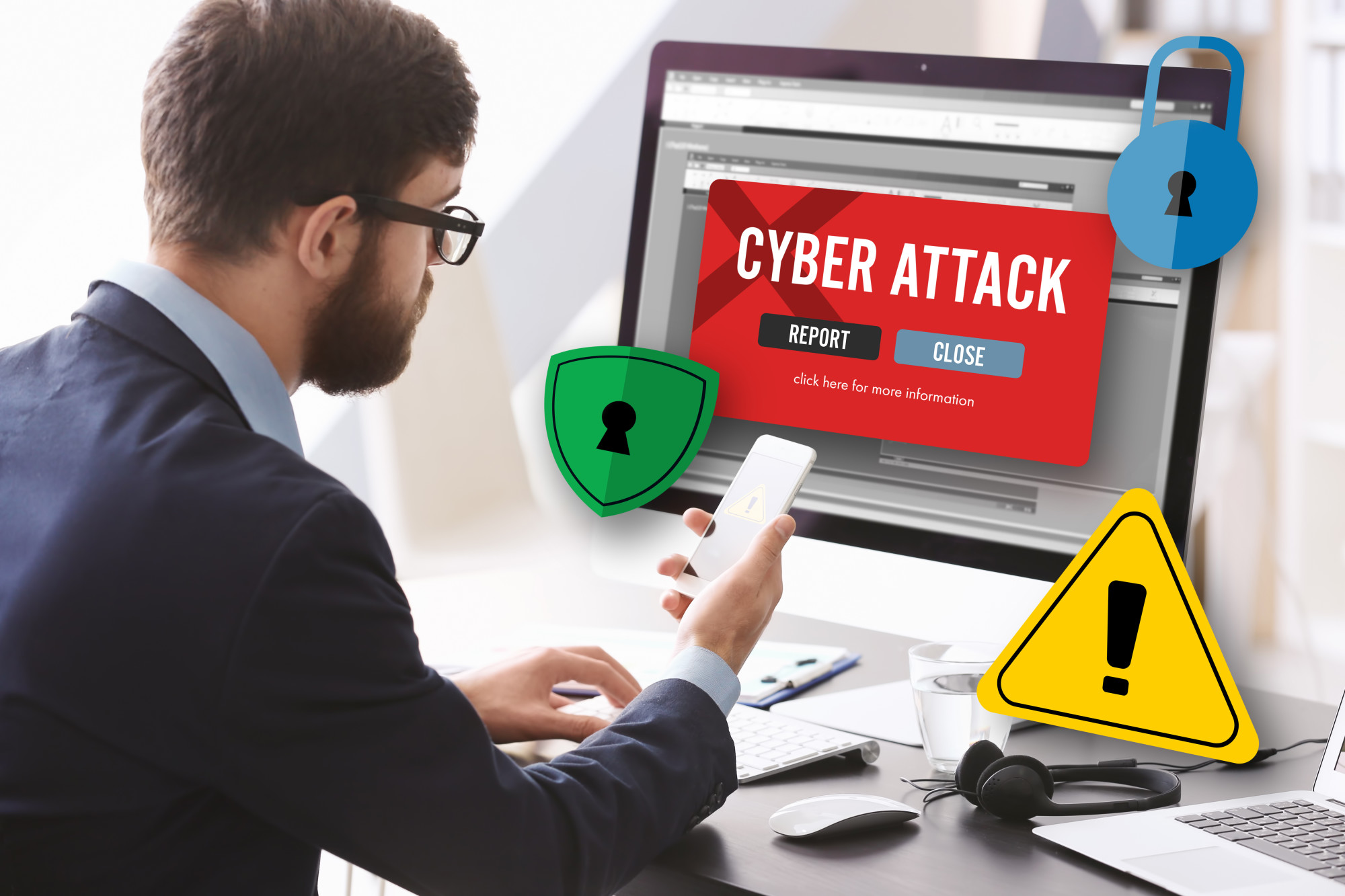
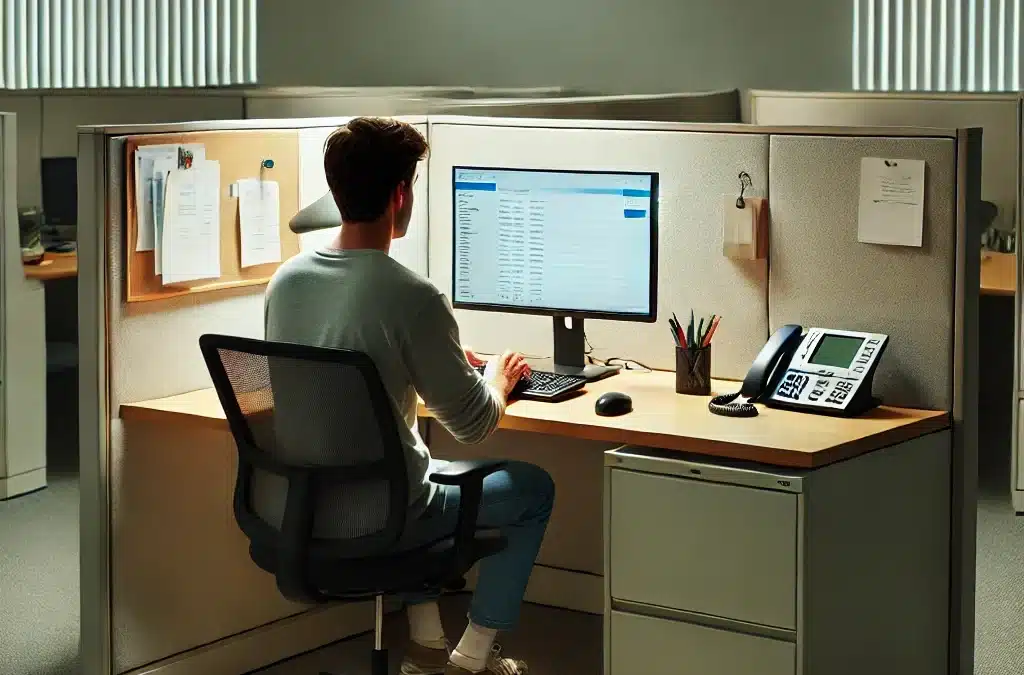
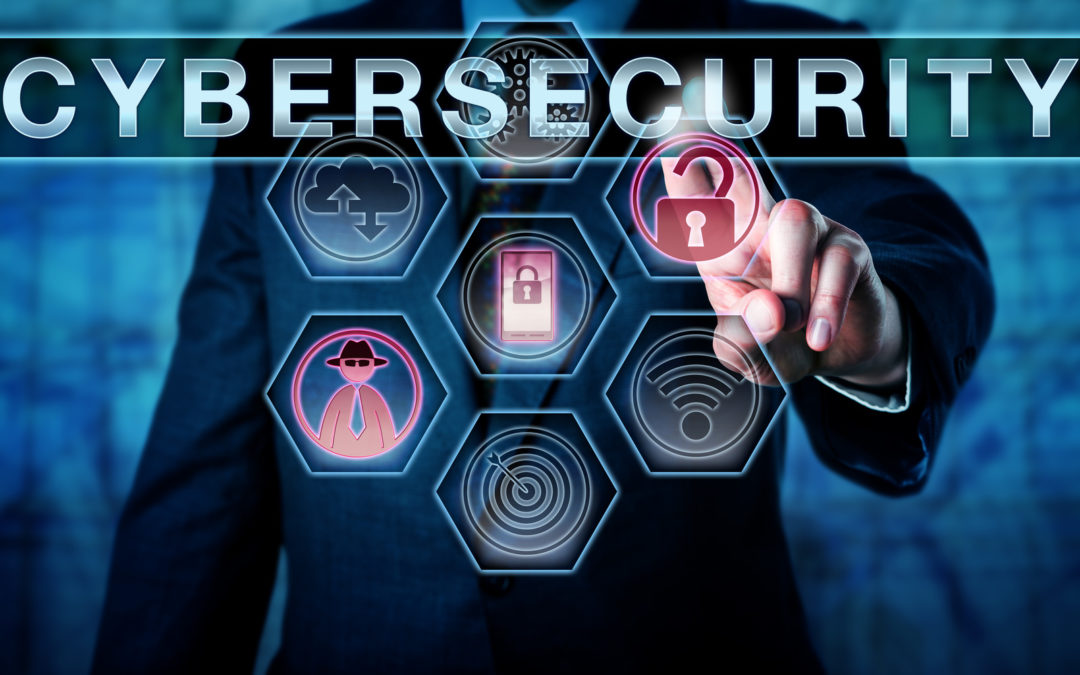
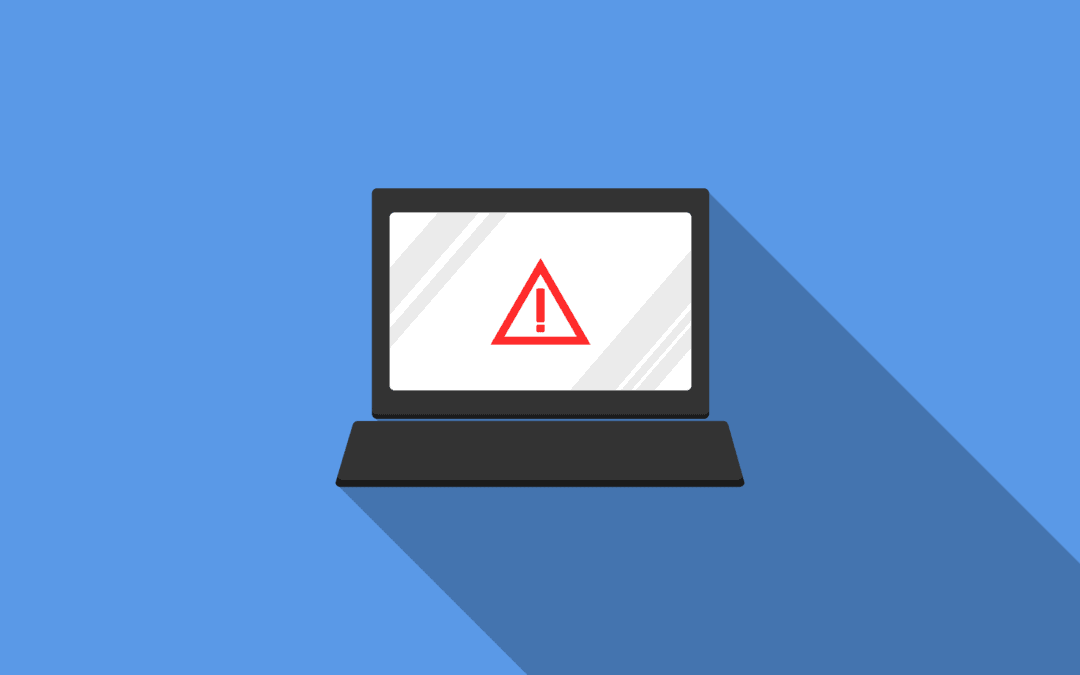
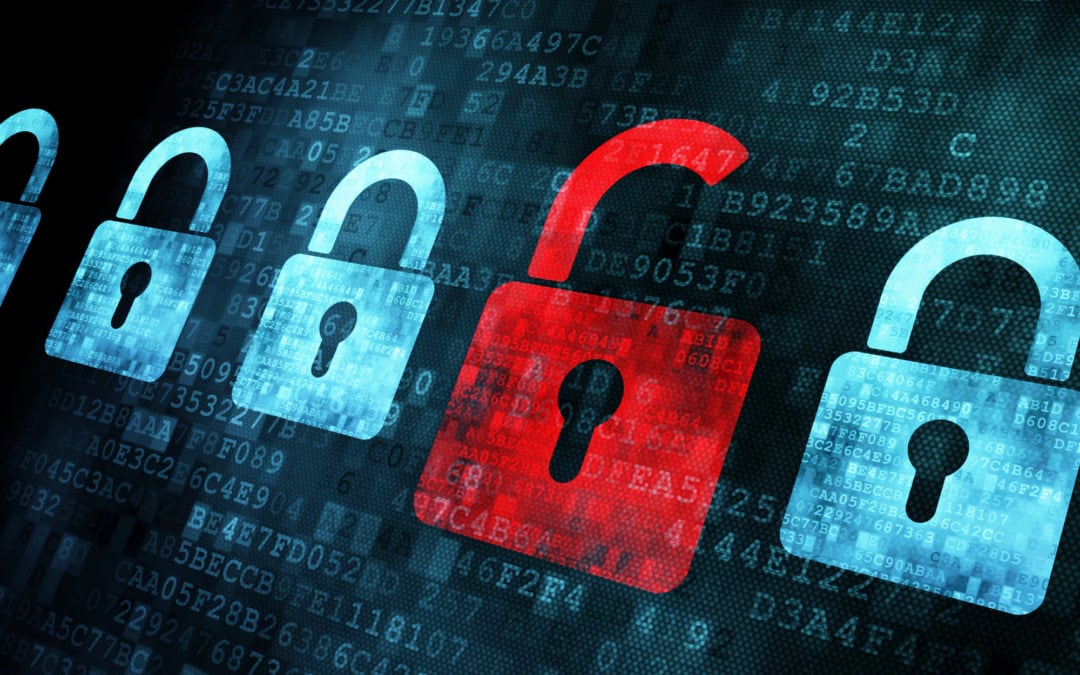

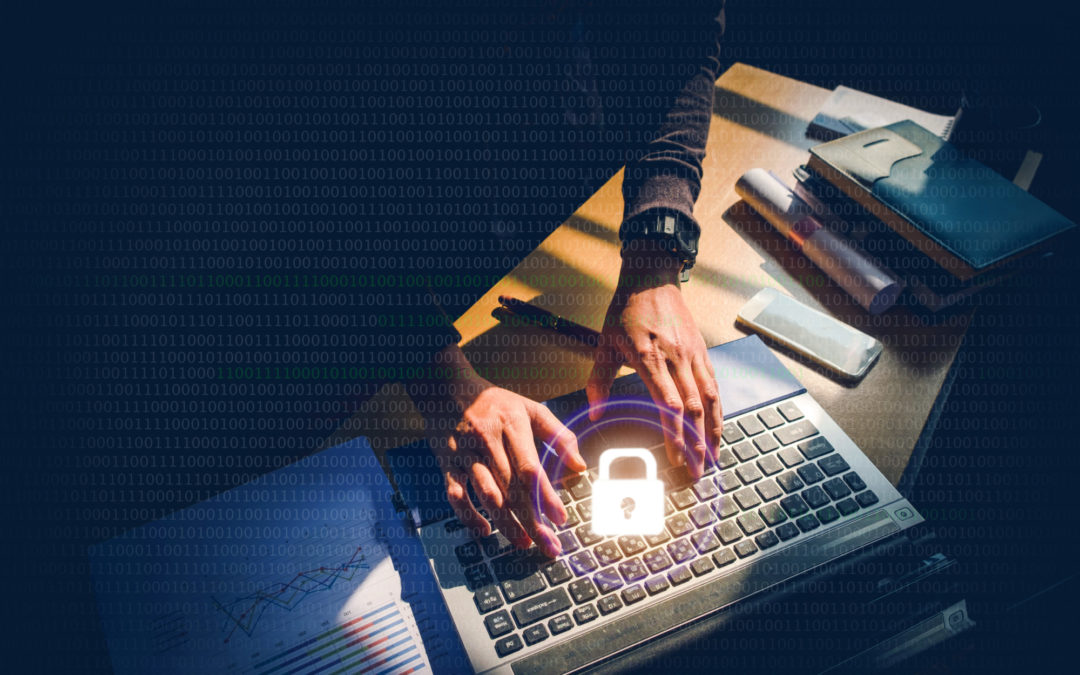

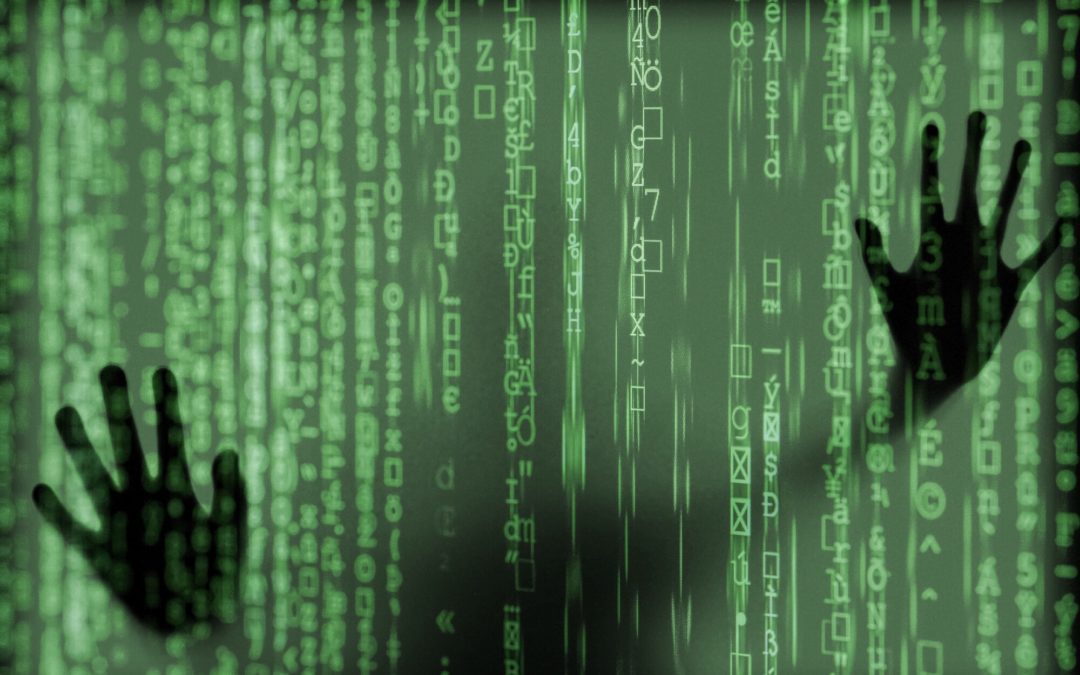
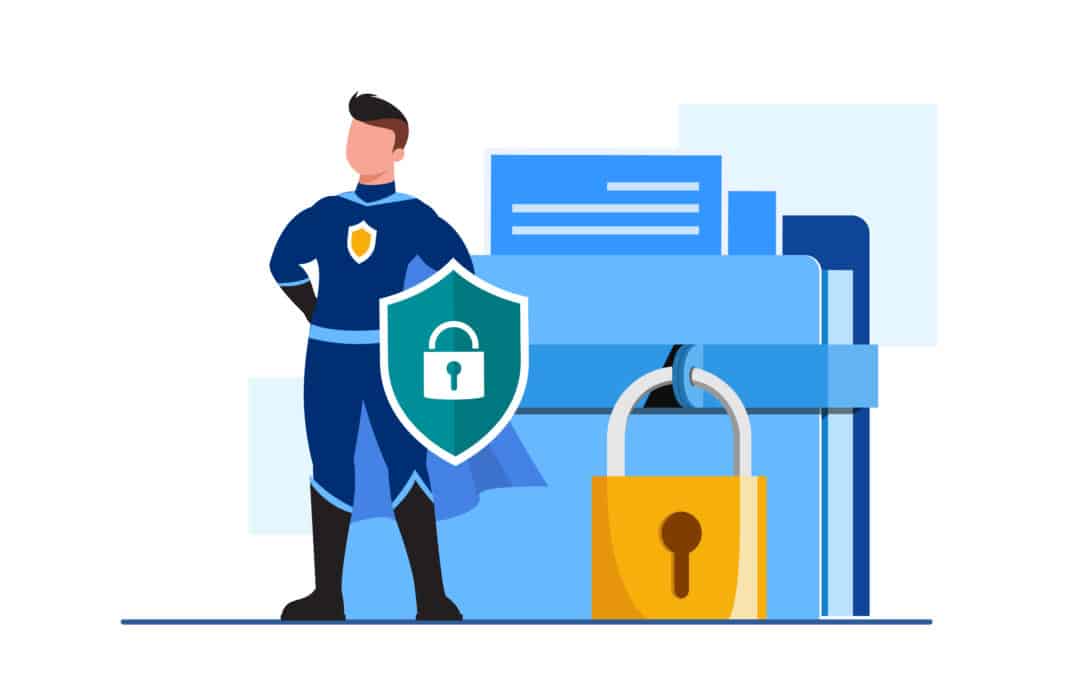
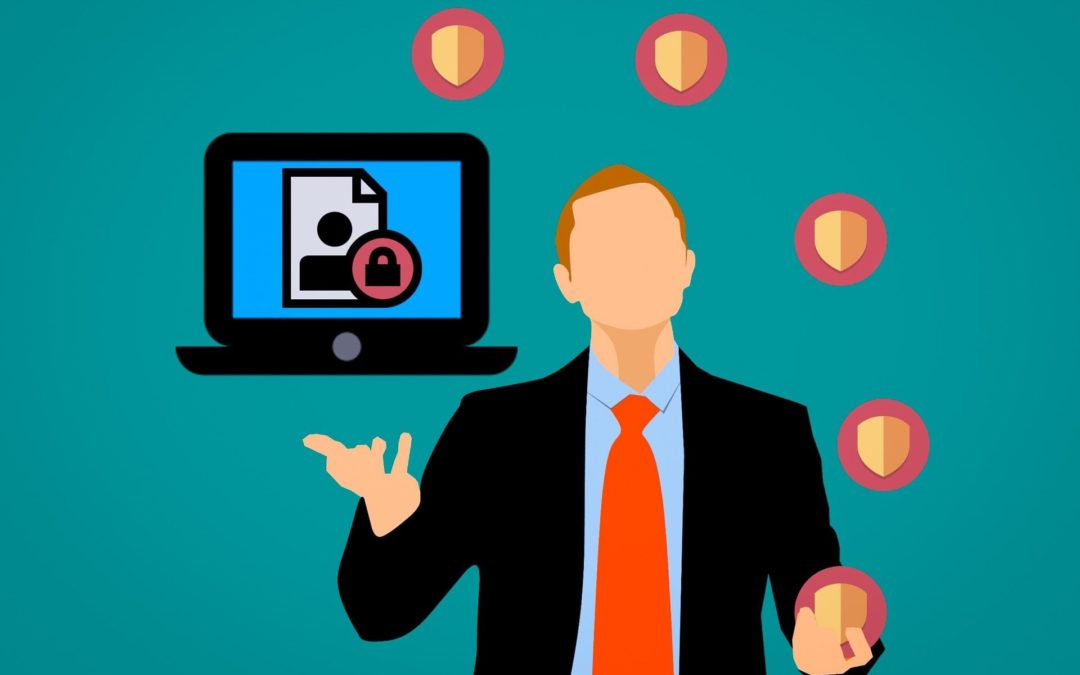
0 Comments